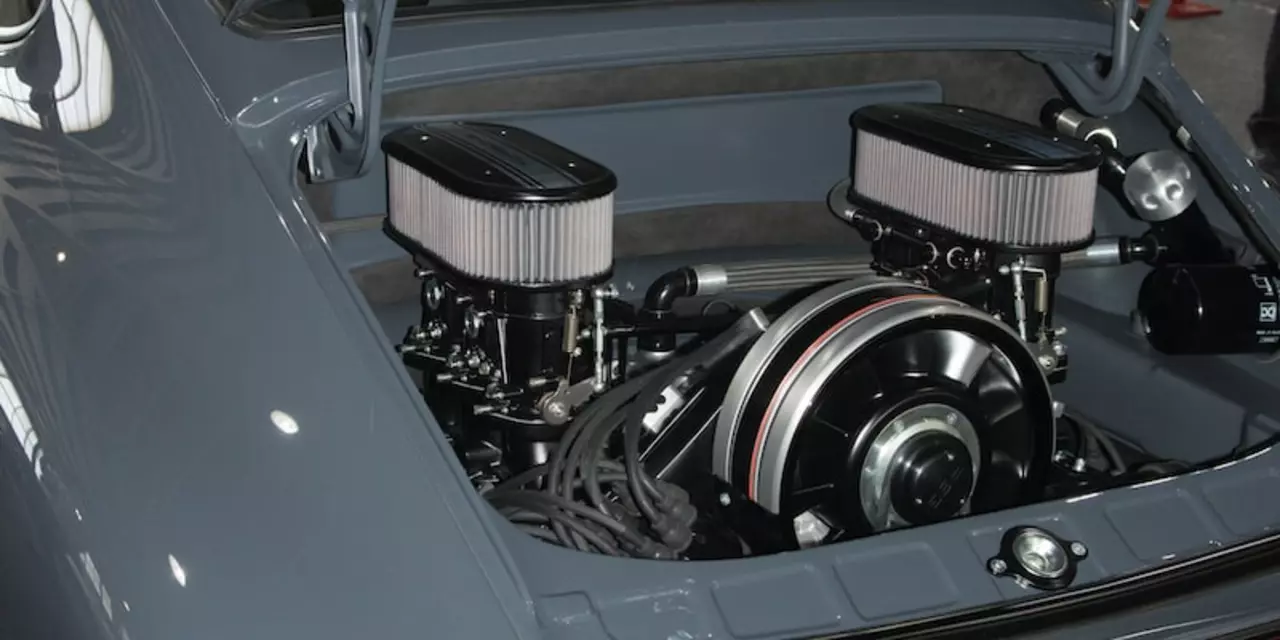Recreational Motorsports – What’s Hot, What’s Fun, and What to Try
If you love the roar of an engine but aren’t chasing a pro contract, you’re in the right place. Recreational motorsports cover everything from weekend track days to street‑legal speed thrills. It’s the part of racing that lives in your garage, your local circuit, or even your gaming setup.
Why Recreational Racing Still Rocks
People think racing is only for elite drivers, but the hobby side keeps the sport alive. It gives everyday fans a way to feel the adrenaline without the pressure of a world championship. Whether you’re tweaking a Nissan GT‑R for a local drag strip or joining a club that rolls out hypercars on a safe track, the excitement is the same.
Take hypercars, for example. They look like sci‑fi on the road, but you rarely see them in official races. That’s not because they’re boring – it’s because they’re too fast, too expensive, and too rare to fit standard series rules. Yet many enthusiasts organize private days where a Bugatti or a Koenigsegg can take a lap. Those events let owners satisfy the need to burn rubber while keeping the cars safe.
Practical Tips for Your Next Hobby Run
Ready to jump in? Start with a clear goal. Do you want to improve lap times on a circuit, drag race on a strip, or just enjoy a spirited drive on twisty roads? Your goal decides the car, the gear, and the preparation.
1. Choose the right car. If budget matters, a well‑balanced platform like the GT‑R gives power, handling, and reliability. For beginners, a lighter, less powerful car can teach basics without breaking the bank.
2. Learn the track. Even a casual driver benefits from a quick scout lap. Notice braking points, camber changes, and where the grip bites. Watching a lap‑time video (like the one that explains how laps are counted) can give you a mental map before you hit the gas.
3. Safety first. A good helmet, a roll‑cage if you’re on a track, and proper fire‑retardant gear are non‑negotiable. It’s easy to get carried away, but a small safety slip can ruin the whole hobby.
4. Join a community. Forums, local clubs, and social media groups let you swap setups, schedule track days, and get feedback. The excitement of hearing someone else nail a 92nd‑minute winner in Liga MX, for instance, shows how a shared passion fuels the hobby.
Beyond the cars, the recreational side also embraces the digital world. Virtual racing leagues let you race hypercars without the price tag, and they keep your reflexes sharp for the real thing. It’s a perfect blend of tech and tradition.
So whether you’re watching Novak Djokovic power through a French Open set, debating if automobile racing is dying, or planning your first lap time, the recreational motorsport scene offers something for every fan. It’s about fun, learning, and that moment when you hear the engine scream and know you’re exactly where you belong.
Grab a coffee, check the schedule at your nearest track, and give your hobby a chance to rev up. The road ahead is full of stories waiting to be written – and you’re the driver.

How does a 40 year old get into recreational auto racing?
Recreational auto racing is a great way to get a thrill, and it is possible for even 40 year olds to get involved. To get started, you need to find a racing school and get the necessary safety gear, such as a helmet, fire-resistant suit, and gloves. You should also take the time to learn the rules and regulations of the track in order to stay safe. After completing the racing school, you will need to find a car to race and decide whether to race solo or join a local racing club. Finally, make sure to have fun and practice good sportsmanship.